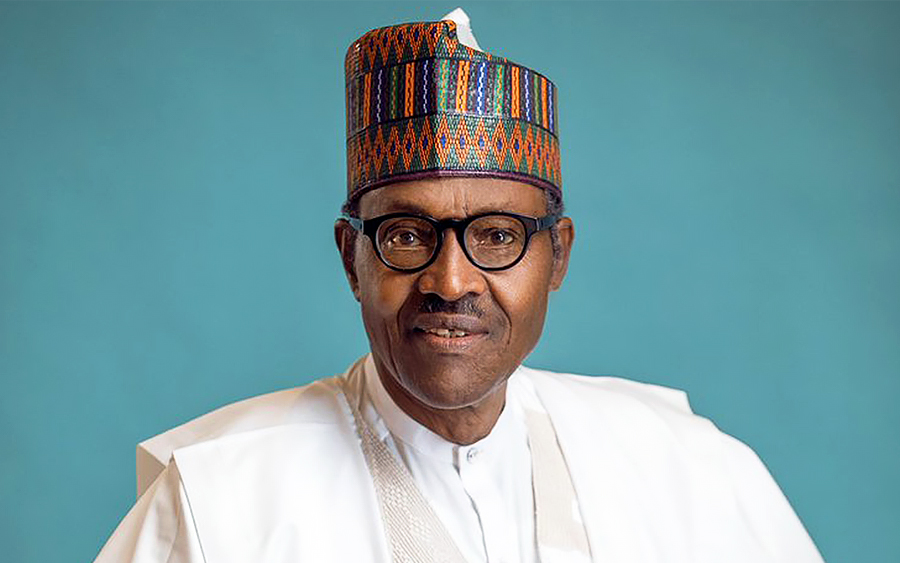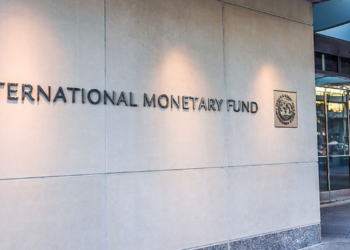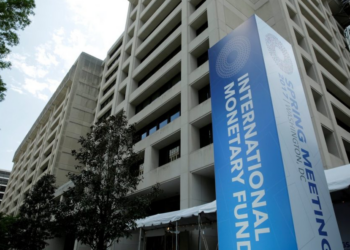The South African economy has fallen into its second recession in two years, as the country’s economy shrank by 1.4% in the fourth quarter of 2019. This was disclosed by Statistics South Africa (Stats SA).
The fourth-quarter decline had occurred following a revised 0.8% contraction in the third quarter, pushing South Africa into its second recession in two years. This places Nigeria’s economy at the top of the continent after much debate about, which economy is the largest.

The debate began due to differences in Nigeria’s exchange rate – with the official naira rate of N306 per dollar and weaker market exchange rate of around N360 – but with South Africa sliding into recession, either of the exchange rates makes Nigeria’s economy the largest, posting $476 billion or $402 billion, depending on the rate used, Bloomberg reports.
[READ MORE: Nigeria’s economy can’t survive without diaspora inputs, says PwC Chief Economist)
This is because while South Africa’s economy underperformed in the fourth quarter last year, Nigeria experienced growth in its economy, surpassing forecasts due to oil output increased and the central bank took steps to boost credit growth.
But South Africa’s economy was the opposite, contracting more than projected in the fourth quarter as power cuts negatively affected output and business confidence. It was disclosed that South Africa recorded 0.2% expansion for the full year, making it the least since the global financial crisis.
The expansion was, however, reported to be less than the South African central bank and government projected estimation. Based on an average rand-dollar exchange rate of 14.43 for the year, the GDP was $352 billion.
READ MORE: Is there trouble in paradise for the South African economy?
But while International Monetary Fund cut its forecast for Nigeria’s 2020 growth from 2.5% to 2%, last month, Nigeria’s economy is expected to continue growing, even faster, but South Africa’s GDP is projected to expand only by 0.8%.





















